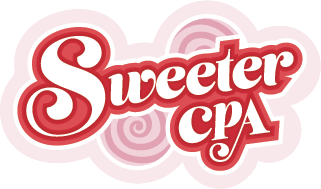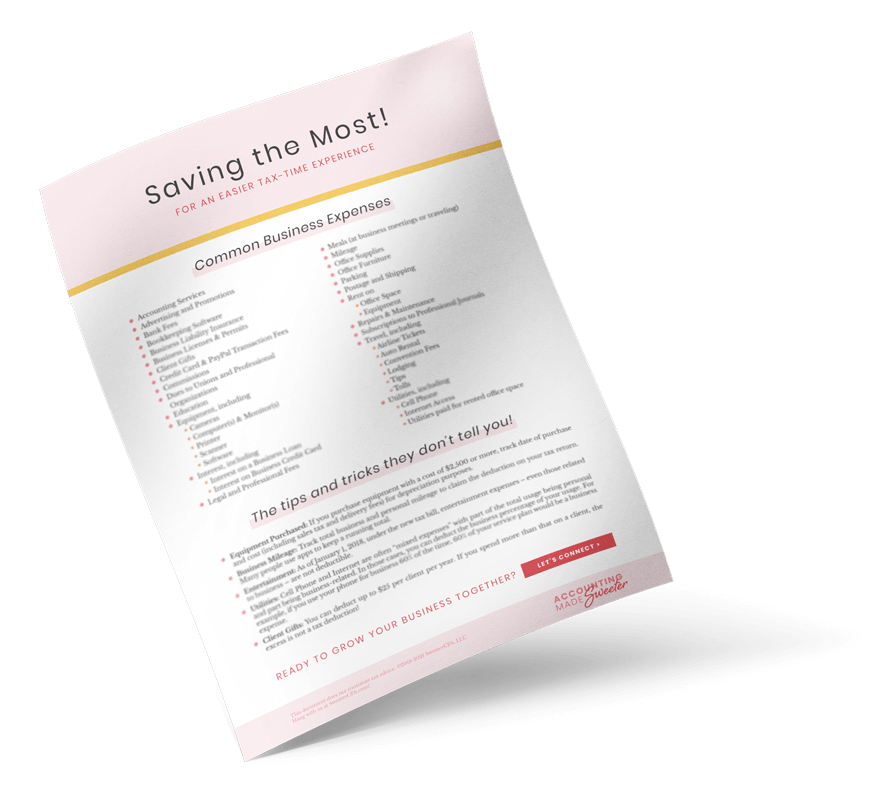Resources
- IRS Publication 334, Tax Guide for Small Businesses (Chapter 6)
- 2014 Instructions for Schedule C
- Cost of Goods Sold and The Tax Gap
Why YOU Should Care
If your business makes money by selling goods – either those you make yourself or those you purchase from others for resale – you need to track the components of your cost of goods sold to report on your tax return for the year. Labor is a component of your cost of goods sold, so it is important you understand what it comprises.
Generally, small business and solo entrepreneurs do not have labor costs as this category does not include the cost of your own labor as the business owner. This is only what you paid to other people. It is more common to see large labor costs in businesses with a significant manufacturing component.
“Labor” consists of three main parts:
- Direct Labor
- Indirect Labor
- Other Labor
Direct Labor – This is the cost of wages to employees or payments to contractors who work directly on the product being manufactured. For example, if you paid three employees to knit the scarves you sell, their wages are considered part of direct labor. If you have employees whose time is mixed between product manufacture and other tasks, you can allocate a reasonable percentage of their wages to the direct labor cost.
Indirect Labor – This is the cost of those employees or contractors who do not directly work on the product being sold but whose work is a necessary part of the manufacturing process. A supervisor overseeing your employees would fall into this category.
Other Labor – This includes the cost of employees or contractors who do not work on the product but whose services include selling and other administrative tasks necessary to get your product to market. This is based on the specific circumstances of your product development as most administrative personnel are more properly considered overhead.
All three labor costs will be combined for inclusion the annual tax return as a component of cost of goods sold.



